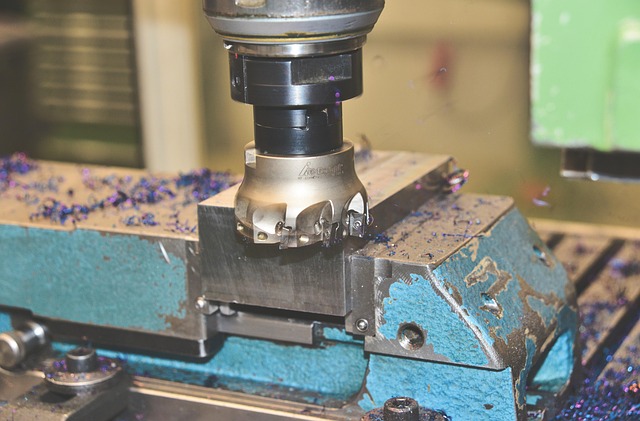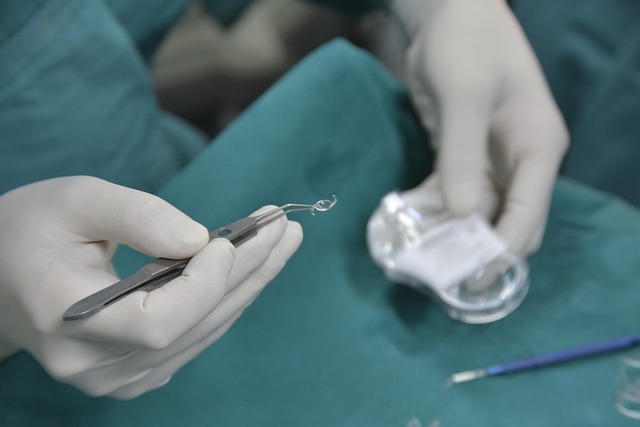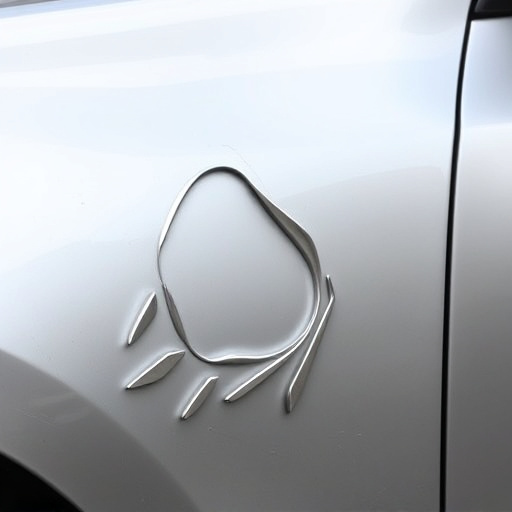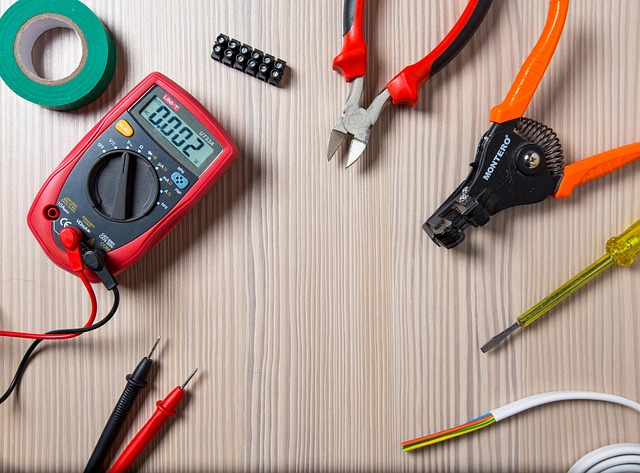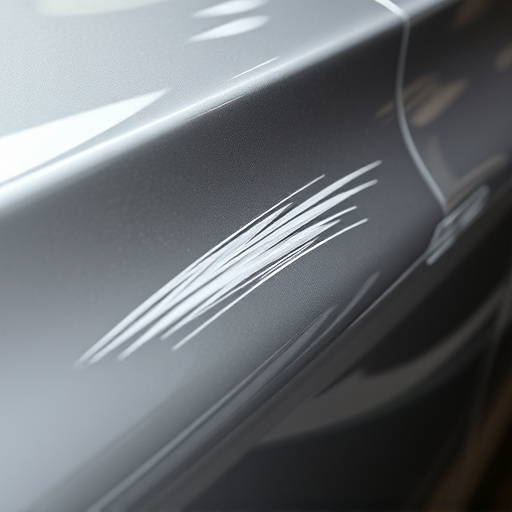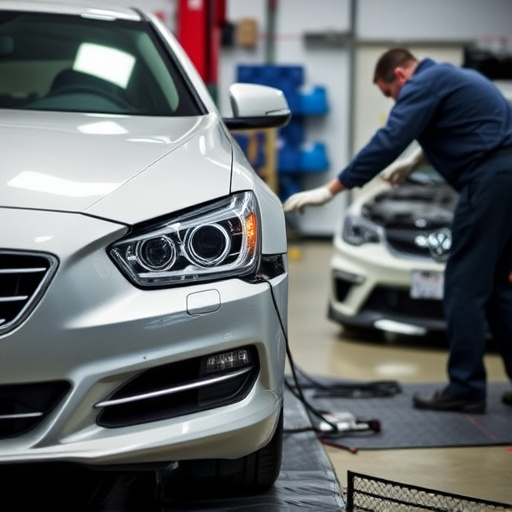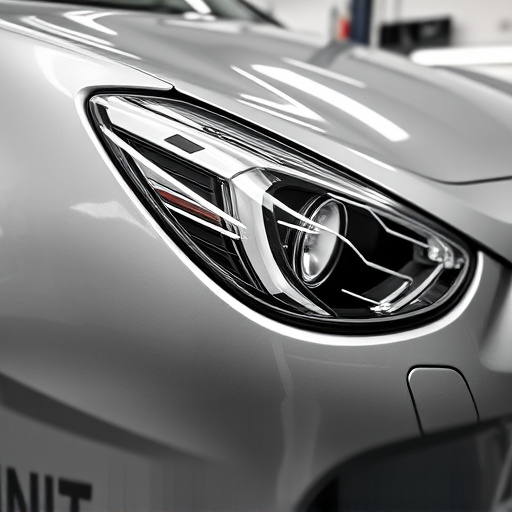Maintaining glass replacement certification is crucial for automotive service providers to ensure safety standards and customer trust. Staying current with industry guidelines, obtaining certifications, providing regular training, implementing documentation systems, and undergoing audits are key components of this process, ensuring compliance with safety, quality, and regulatory requirements.
Maintaining compliance with glass replacement standards is paramount for safety and regulatory adherence. This comprehensive guide delves into the essential components of achieving and maintaining glass replacement certification. From understanding rigorous industry requirements to implementing best practices, we explore practical steps ensuring your glass replacement processes meet or exceed standards. Learn how regular audits play a pivotal role in continuous conformity, fostering a culture of safety and quality.
- Understanding Glass Replacement Certification Requirements
- Essential Steps for Successful Compliance Maintenance
- Regular Audits: Ensuring Continuous Conformity
Understanding Glass Replacement Certification Requirements
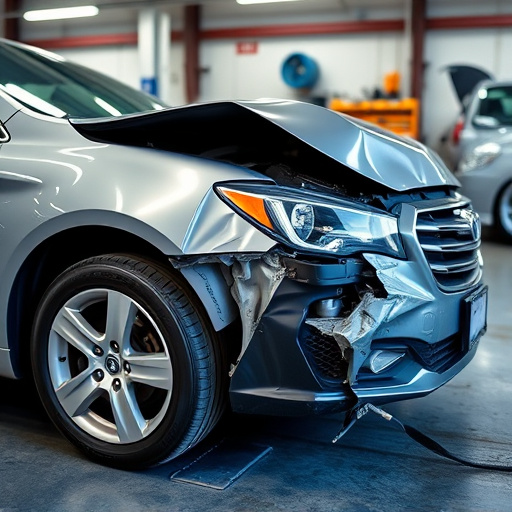
Maintaining compliance with glass replacement certification requirements is a critical aspect of any automotive service industry. These standards ensure that repairs and replacements meet safety and quality benchmarks, which are essential for protecting occupants and preventing secondary damage. Understanding these certifications involves familiarizing yourself with regulations specific to your region, as well as industry-recognized protocols like those set by the Automotive Glass Replacement (AGR) Association or similar bodies.
For businesses offering fleet repair services or collision repair services, staying current on glass replacement certification is paramount. This includes knowledge of materials used, manufacturing processes, and installation techniques that align with recognized standards. Staying certified not only ensures legal compliance but also bolsters customer confidence in your work. Remember, a properly executed dent removal process using approved methods and materials can significantly contribute to maintaining structural integrity while minimizing the need for frequent replacements, thus saving time and money in the long run.
Essential Steps for Successful Compliance Maintenance
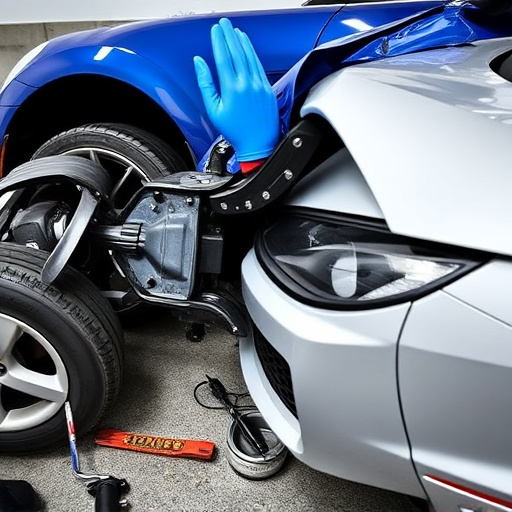
Maintaining compliance in glass replacement is a multi-faceted process that requires consistent attention and adherence to industry standards. For individuals or businesses involved in this field, ensuring every procedure aligns with regulations is paramount. This involves several key steps that serve as a foundation for successful compliance maintenance.
Firstly, staying updated on industry guidelines and obtaining relevant glass replacement certifications is imperative. These credentials not only demonstrate expertise but also ensure the work meets safety and quality standards. Regular training sessions and workshops can help professionals stay informed about new techniques, materials, and regulatory updates in the automotive repair sector, including car paint services and car paint repairs. Additionally, establishing a robust internal system to document and track each glass replacement process is vital. This includes meticulous record-keeping, which allows for easy verification and audit trail in case of any compliance-related queries.
Regular Audits: Ensuring Continuous Conformity
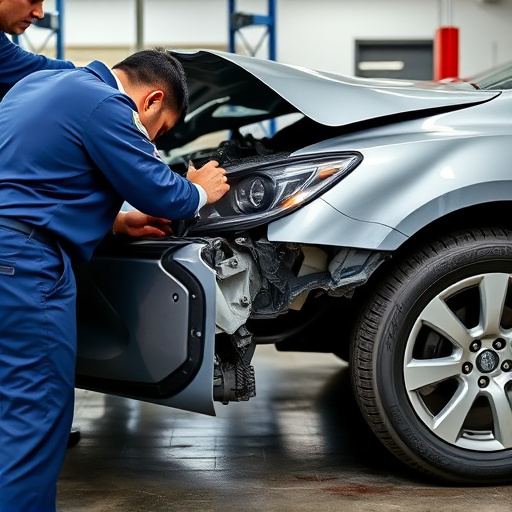
Regular audits are a cornerstone in maintaining glass replacement compliance. These comprehensive assessments ensure that all procedures and standards are being strictly adhered to, thereby upholding the highest levels of safety and quality. By conducting consistent checks, businesses can identify any deviations or gaps in their protocols early on, allowing for swift corrective actions. This proactive approach is especially vital in the auto maintenance sector, where fleet repair services often involve frequent glass replacement due to accidents or wear and tear.
Frame straightening, a critical aspect of auto body repairs, must also be part of these audits. Ensuring that frames are correctly aligned and structured is essential for safe and effective glass replacements. This meticulous process demands precision and adherence to industry standards. Regular audits not only verify the integrity of the frame but also ensure that replacement parts, such as windshields, meet the required certifications, thus maintaining compliance with relevant safety regulations.
Maintaining glass replacement compliance is paramount for any industry seeking to ensure safety, quality, and regulatory adherence. By understanding certification requirements, adhering to essential steps, and conducting regular audits, businesses can navigate the complexities of glass replacement with confidence. These key elements form a robust framework, enabling operations to stay compliant and foster a culture of continuous improvement. Remember, staying ahead of regulations not only mitigates risks but also enhances overall operational efficiency.


